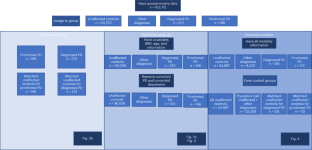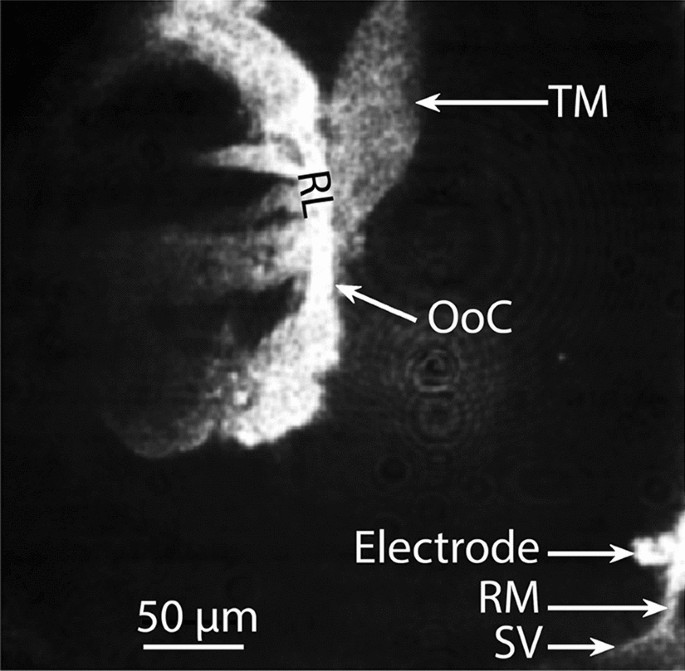2023-07-04 カロリンスカ研究所(KI)
◆視覚と聴覚の両方を失ったヘレン・ケラーは、聴覚の喪失が彼女を他人から隔てると表現していた。しかし、現代では視覚と聴覚に関する知識が進歩し、より良い支援が可能になっている。聴覚の仕組みは、音波が耳道、鼓膜、小骨を通り、蝸牛で神経細胞に変換され、脳に送られて解釈されるというプロセスで機能する。外耳や中耳の問題は修復が容易であるが、蝸牛の問題はより複雑であり、永続的な聴力障害を引き起こす可能性がある。
<関連情報>
- https://news.ki.se/hearing-loss-easy-to-prevent-but-hard-to-cure
- https://gh.bmj.com/content/7/11/e010501
青少年および若年成人における安全でない聴取習慣の有病率と世界的推定値:系統的レビューとメタ分析 Prevalence and global estimates of unsafe listening practices in adolescents and young adults: a systematic review and meta-analysis
Lauren K Dillard,Malachi Ochieng Arunda,Lucero Lopez-Perez,Ricardo X Martinez,Lucía Jiménez,Shelly Chadha
BMJ Global Health Published: November 15, 2022
DOI: http://dx.doi.org/10.1136/bmjgh-2022-010501

Abstract
Introduction This study aimed to determine the prevalence of unsafe listening practices from exposure to personal listening devices (PLDs) and loud entertainment venues in individuals aged 12–34 years, and to estimate the number of young people who could be at risk of hearing loss from unsafe listening worldwide.
Methods We conducted a systematic review and meta-analysis to estimate the prevalence of unsafe listening practices from PLDs and loud entertainment venues. We searched three databases for peer-reviewed articles published between 2000 and 2021 that reported unsafe listening practices in individuals aged 12–34 years. Pooled prevalence estimates (95% CI) of exposed populations were calculated using random effects models or ascertained from the systematic review. The number of young people who could be at risk of hearing loss worldwide was estimated from the estimated global population aged 12–34 years, and best estimates of exposure to unsafe listening ascertained from this review.
Results Thirty-three studies (corresponding to data from 35 records and 19 046 individuals) were included; 17 and 18 records focused on PLD use and loud entertainment venues, respectively. The pooled prevalence estimate of exposure to unsafe listening from PLDs was 23.81% (95% CI 18.99% to 29.42%). There was limited certainty (p>0.50) in our pooled prevalence estimate for loud entertainment venues. Thus, we fitted a model as a function of intensity thresholds and exposure duration to identify the prevalence estimate as 48.20%. The global estimated number of young people who could be at risk of hearing loss from exposure to unsafe listening practices ranged from 0.67 to 1.35 billion.
Conclusions Unsafe listening practices are highly prevalent worldwide and may place over 1 billion young people at risk of hearing loss. There is an urgent need to prioritise policy focused on safe listening. The World Health Organization provides comprehensive materials to aid in policy development and implementation.


